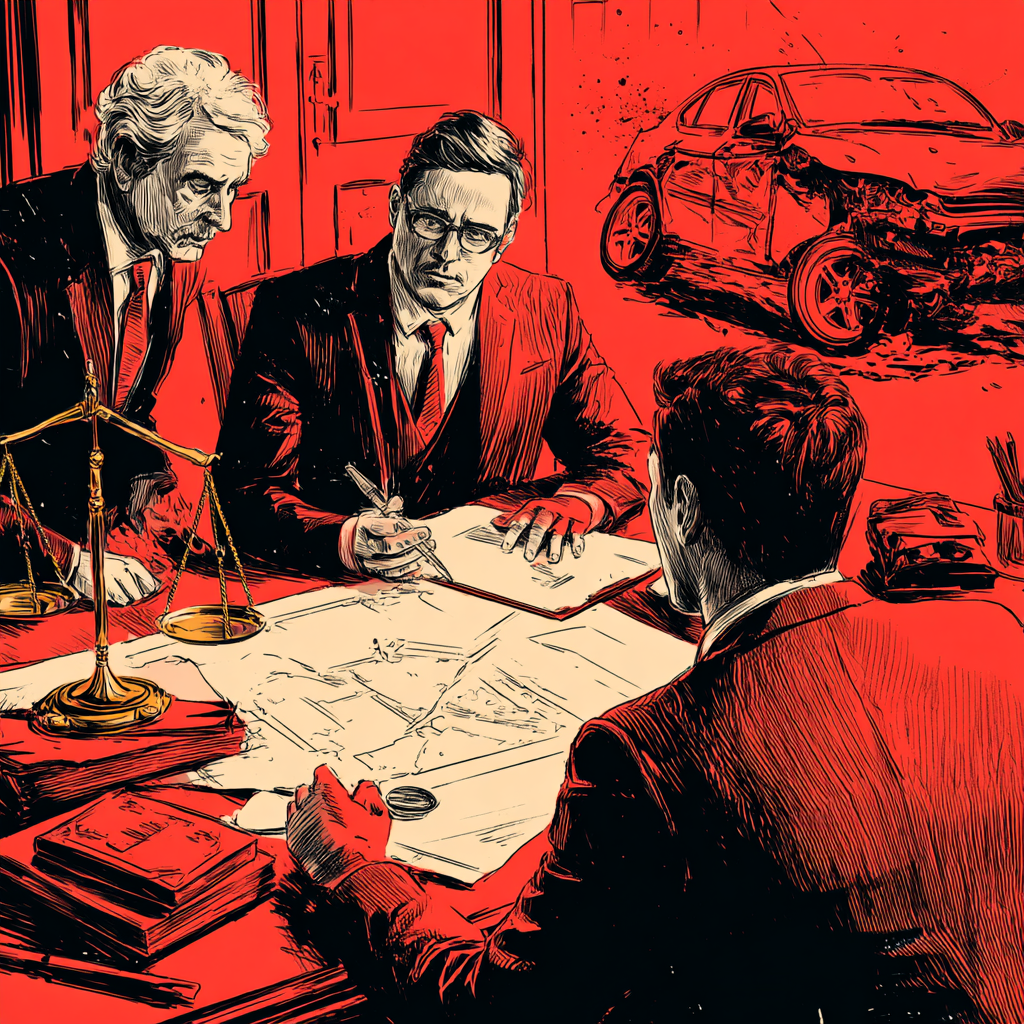
The case of Wave Med. Servs., P.C. v Hertz Vehs., LLC—decided by New York’s Appellate Term, Second Department, in 2022—reads like a legal puzzle wrapped in an envelope. It’s a dispute that hinges on something as everyday as mailing a form, yet it spiraled into a procedural tangle worthy of a courtroom drama. The Appellate Term stepped in to straighten things out, and the result shines a light on how courts wrestle with evidence and the fine print of legal rules. Here’s the story of CPLR 3212(g).
What Happened?
Picture this: Wave Medical Services, a healthcare provider, billed Hertz Vehicles, likely an insurer or a related outfit, for services rendered. Wave swore it sent the claim forms through the mail. Hertz fired back, insisting those forms never landed in its inbox. Wave took it to court, asking for summary judgment—a quick win without a trial—claiming the mailing proof sealed the deal. The Civil Court in New York didn’t buy it outright. It spotted a factual snag and set the stage for a trial, but its ruling came with a twist that didn’t sit right with the higher court.
The Legal Nuts and Bolts
To get the full picture, a few building blocks of New York law come into play.
First off, mailing carries weight in the legal world. When someone proves they mailed something properly—think correct address, postage, and all—courts assume it reached its destination. That’s a handy presumption, but it’s not ironclad. The recipient can push back with evidence of empty mailboxes or missing records, throwing the whole “did it get mailed?” question into doubt.
Then there’s summary judgment. It’s the legal equivalent of skipping the line—if no real facts are up for grabs, a judge can settle the score without a trial. Wave leaned on this, arguing its mailing evidence was a slam dunk. Hertz’s “we didn’t get it” defense, though, kept the game alive.
Finally, enter CPLR 3212(g), a rule in New York’s playbook that lets courts trim the fat before trial. When summary judgment gets the boot, this provision allows judges to pin down facts everyone agrees on, sharpening the focus for what’s left to fight over. It’s a practical tool—except when it’s not.
Where the Civil Court Stumbled
The Civil Court saw a standoff: Wave said it mailed the forms, Hertz said it didn’t receive them. Fair enough—trials exist for that kind of disagreement. But the court’s order muddied the waters. It hinted at two possible takes.
One option suggested Wave’s mailing was a done deal, locked in as fact for the whole case. That’s a head-scratcher. If Hertz could still argue the forms never arrived—and rebut that mailing presumption—how could the court call it a sure thing? The other angle looked like the court tapped CPLR 3212(g) to narrow the trial to Hertz’s defenses, maybe even flipping the script so Hertz had to prove it didn’t get the forms first. Either way, the Appellate Term smelled trouble.
The Higher Court Weighs In
The Appellate Term didn’t mince words. It picked apart the Civil Court’s logic with a sharp eye.
For starters, the lower court couldn’t have it both ways. If a trial was needed to sort out whether Hertz got the forms, the mailing couldn’t be treated as gospel. Hertz’s claim of nonreceipt didn’t just challenge delivery—it poked holes in whether Wave mailed anything at all. Facts don’t bend like that; they’re either settled or they’re not.
Then came the CPLR 3212(g) snag. The Civil Court seemed to wield this rule like a magic wand, either saddling Hertz with proving a negative or rejigging the trial’s starting lineup. That’s not how it works. The rule’s job is to spotlight what’s off the table, not to shuffle who carries the load. Past cases back this up—courts can’t twist it to tilt the scales.
So, the Appellate Term hit reset. The Civil Court’s stab at streamlining went too far. The trial would roll on, no shortcuts or funky limits attached, with Wave still on the hook to show it sent those forms.
Why This Matters Beyond Billing Squabbles
At first glance, this looks like a dry spat over paperwork. But zoom out, and it’s got legs in corners like personal injury and employment law, where proving someone got the memo can make or break a case.
Take personal injury, especially in New York’s no-fault insurance scene. Providers like Wave battle insurers all the time over unpaid bills. Mailing a claim form on time is often the golden ticket to getting paid. When an insurer swears it never saw the paperwork, the fight mirrors this case. The Appellate Term’s call here keeps the playing field level—no court can dodge the hard questions about proof with a procedural sleight of hand. Providers better have their mailing receipts ready, and insurers get a fair shot to challenge them.
Employment law feels the ripple too. Imagine an employee fired after claiming they mailed a harassment complaint to HR. The company says it never arrived. That mailing presumption could give the worker a leg up, but the employer’s denial keeps it a live wire. This ruling drives home that courts won’t pre-judge those clashes or tweak the rules to favor one side. Solid evidence—like a certified mail stub—becomes the name of the game.
In both arenas, the case is a wake-up call. Disputes over mailed notices or claims don’t get swept under the rug; they demand real proof, hashed out in the open.
The Bottom Line
Wave Med. Servs., P.C. v Hertz Vehs., LLC is a classic case of good intentions tripping over execution. The Civil Court tried to tidy up a messy dispute but stepped out of bounds. The Appellate Term’s fix reminds everyone that evidence calls the shots—not clever rule-bending. Mailing might seem mundane, but when money’s on the line, it’s a battlefield. And CPLR 3212(g)? It’s a scalpel, not a sledgehammer. Turns out, even the fine print can pack a punch.









